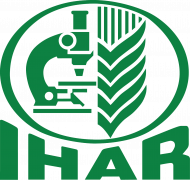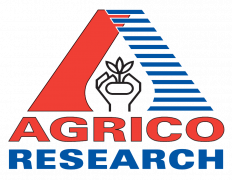Abstract
Potato (Solanum tuberosum L.) is considered a drought-sensitive crop species, although cultivar-dependent differences in tolerance have been described. The extent of drought-induced tuber yield decreases is considered the main criterion for potato tolerance to drought. In this study, eighteen closely related potato cultivars were subjected to drought stress, and among them, two groups with contrasting drought tolerance phenotypes were distinguished (tolerant: Sebago, Katahdin and Cayuga; susceptible: Sequoia and Carpatin). Photosynthesis is the most important primary metabolic process that determines the yield of potato crops and is also strongly affected by drought. The photosynthetic parameters of these two groups of potato cultivars were assessed by measuring chlorophyll a fluorescence. Drought-induced changes in the examined parameters were observed in both groups of cultivars, but the changes in the drought-sensitive group were relatively much more pronounced. The tolerant and sensitive groups significantly differed in terms of most photosynthetic parameters. Principal component analysis (PCA) revealed differences in the responses of the examined potato cultivars and separated tolerant cultivars from sensitive ones, similar to the criterion of the relative decrease in tuber yields. These results suggest that chlorophyll a fluorescence may serve as a useful tool for estimating the level of tolerance to drought stress in potato.















